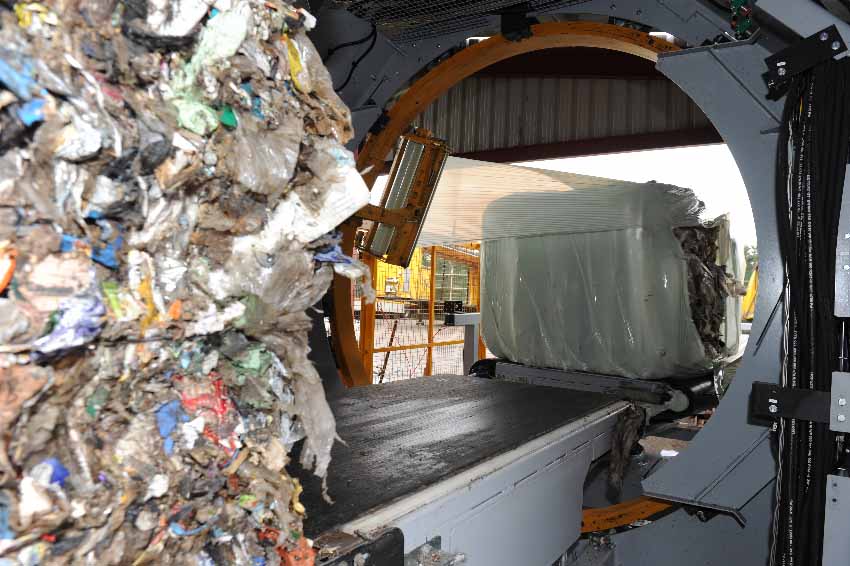RDF Industry Group (RDFIG) is comprised of 35 members from across the waste-derived fuels (WDF) supply chain, including a number of major waste management contractors and operators from the UK, Republic of Ireland, and across Europe.
WDF is generated from the treatment of residual (non-recyclable mixed) waste and encompasses fuels such as refuse derived fuel (RDF) and solid recovered fuel (SRF). RDF is usually recovered in energy-from-waste facilities to produce electricity and heat; SRF is often used in industrial processes such as cement production to replace fossil fuels. The Group’s aim is to support the movement of WDF across Europe. If residual waste isn’t turned into WDF, in many countries it will end up in landfill where it will emit methane and other greenhouse gas emissions, as well as contribute to other negative environmental effects of landfill.
The RDFIG is supported by its secretariat (Eunomia Research & Consulting).
Easy Engineering: What are the main areas of activity of the organization?
RDFIG: The RDFIG has three main goals:
- To explore and address issues surrounding the movement of WDF across national borders within Europe and related topics;
- To develop evidenced-based information on the legal, environmental, and economic issues related to the export of WDF; and
- To communicate its work to third parties including governments and other key stakeholders in the form of reports, presentations or other communications material.

The Group meets three times annually, with members given access to working groups on topical issues in the market covering policy, operations (such as RDF quality and logistics), and markets. We develop an annual market report for our members looking at trends and patterns in the industry, and we monitor and input into a wide range of policy consultations happening in individual countries as well as centralised policy-making in the EU.
E.E: What’s the news for 2023 about new directions?
RDFIG: Landfill diversion will continue to be a dominant focus for us, as there remains a huge amount of landfilling taking place, particularly across southern and eastern Europe. We are therefore spending more time as a Group looking at developing WDF production in new countries such as France and Italy, and we will continue to make sure the EU is focussed on tightening landfill rules. There will be an increasing focus on carbon trading and taxes in the waste industry – something that the industry has previously not been within scope of.

We are also developing closer links with cement producers. Cement kilns can use WDF to replace the fossil fuels that would otherwise be burnt to produce the vast amounts of energy needed to produce cement. Increasing the use of WDF across the cement industry will go a long way in decarbonising the sector.
This year has already seen discussions take place within the EU and UK surrounding waste exports. It is important to recognise a blanket ban on waste exports would be more damaging to the environment in many scenarios than allowing the international movement of waste. In the UK there is a lot of focus on waste crime – but the discussion is being dominated by simplistic views that banning waste exports would prevent waste crime. What is really needed is more effective regulation of existing international rules. Greater enforcement of existing rules should always be a first step before targeting compliant industries with blanket bans.
E.E: What can you tell us about market trends?
RDFIG: In many EU nations, the incineration of waste is used to produce energy which feeds district heating and electricity networks, therefore reducing the reliance on fossil fuels. The war in Ukraine and subsequent focus on energy security has therefore led to more demand for recovering energy from waste and displacing fossil fuels with WDF. This, combined with less waste being produced as result of the economic slowdown, means that the residual waste market in Europe is therefore a lot more competitive than it has been previously. High demand for waste is driving the cost charged by facilities to recover the waste down across many countries. Countries such as Germany and Finland have shifted from being a net exporter of waste to a net importer of waste. There is therefore a lot of change happening at speed, which makes it even more important to discuss and monitor these trends through groups such as the RDFIG.

E.E: What estimations do you have for 2023?
RDFIG: The EU Circular Economy Package adopted in 2020 will continue to act as one of the main building blocks for Europe’s new agenda for sustainable growth. It seeks to progress Europe towards a zero waste and resource efficient economy by preventing waste arisings, promoting re-use, reducing demand on finite natural resources, and minimising greenhouse gases. This will drive an increasing interest in how plastics are being recovered and treated, and we will see continued interest in new technologies such as chemical recycling which might enable more plastic to be removed from WDF. There will also be a lot of interest in demonstrating carbon capture and storage/utilisation technologies, which could help the sector to achieve net zero emissions. The waste sector will need to continue to bring together policy-makers from waste and climate. It is often the case that policy is made independently in these two areas, without full consideration of the unique role of the waste sector in society today.

